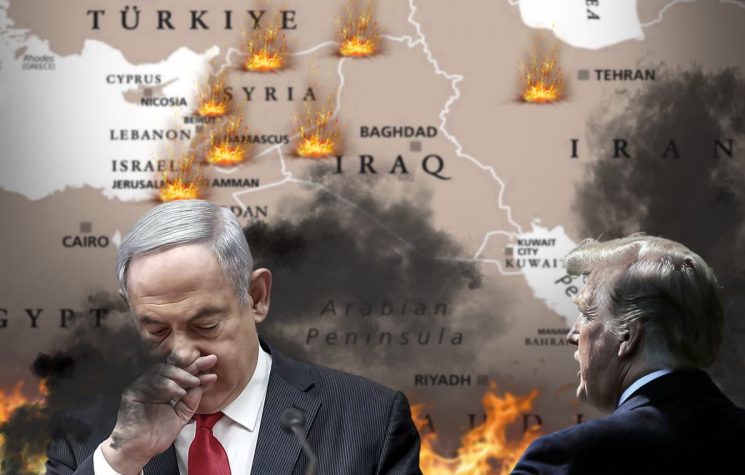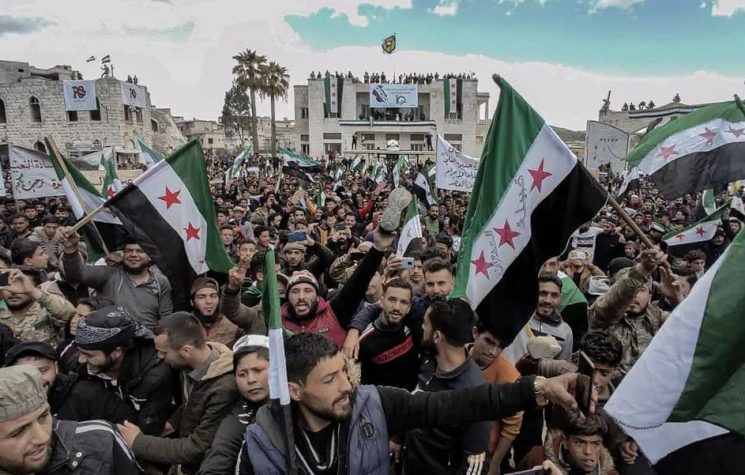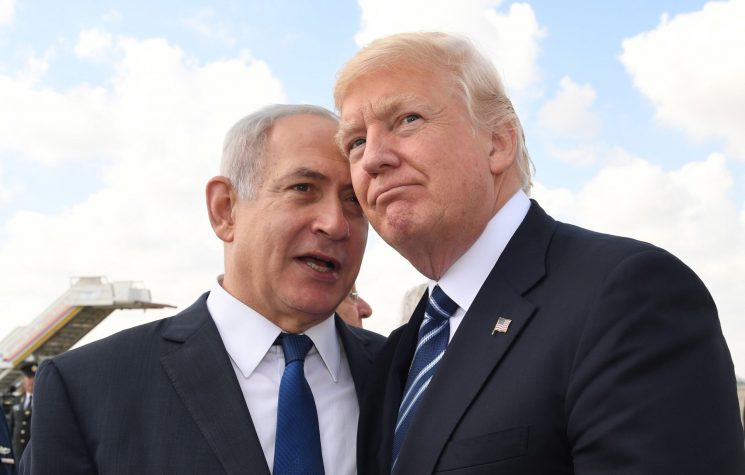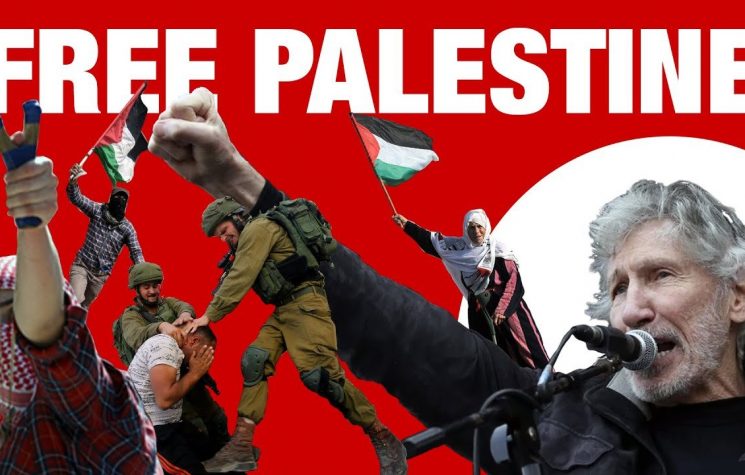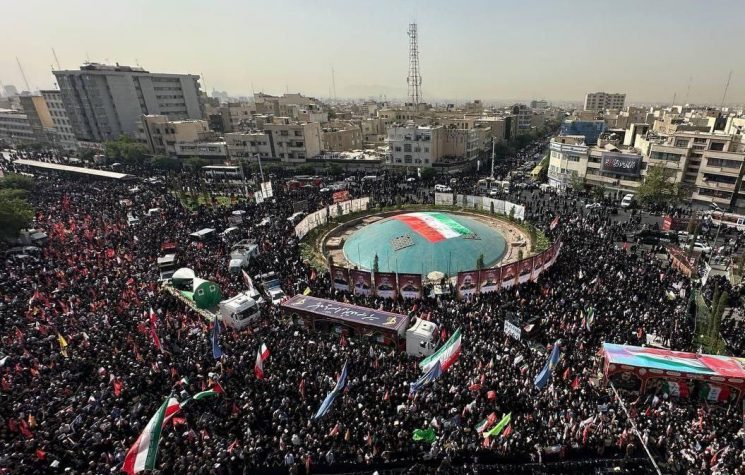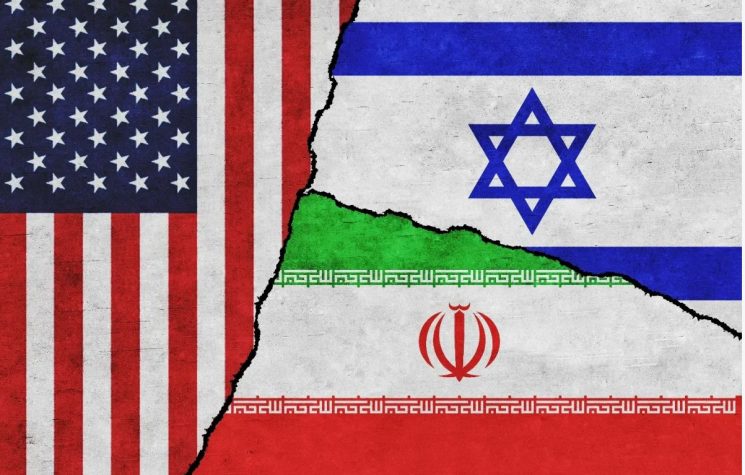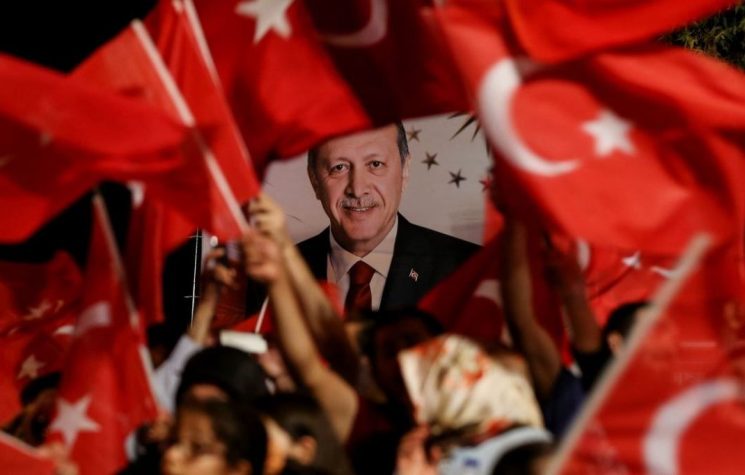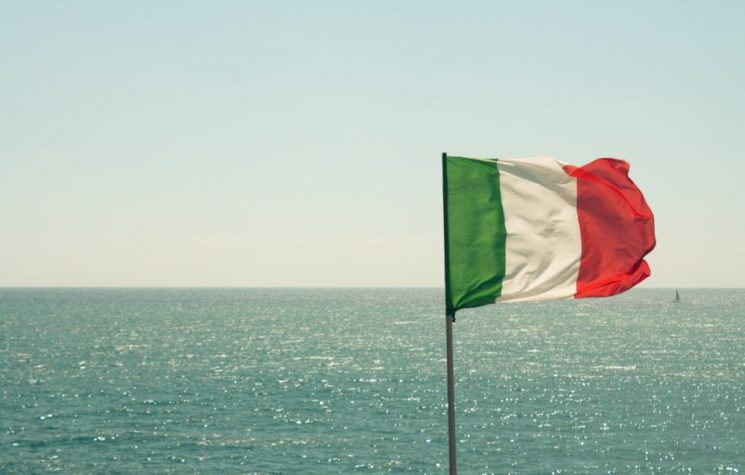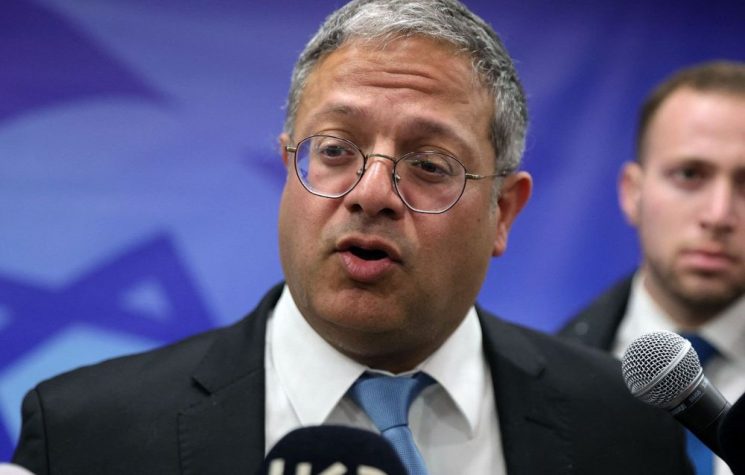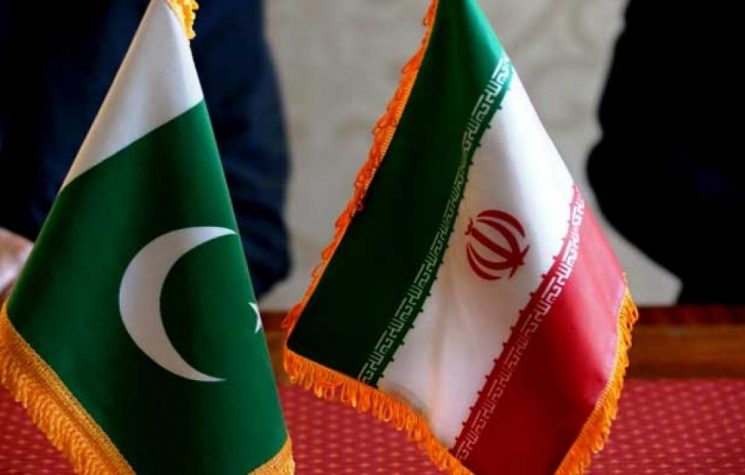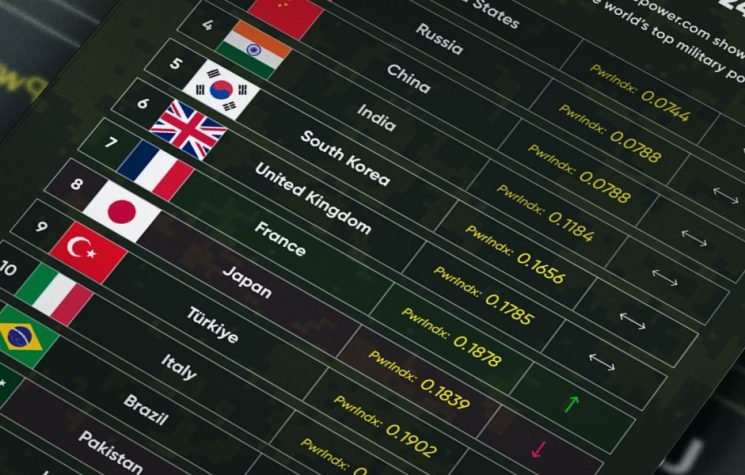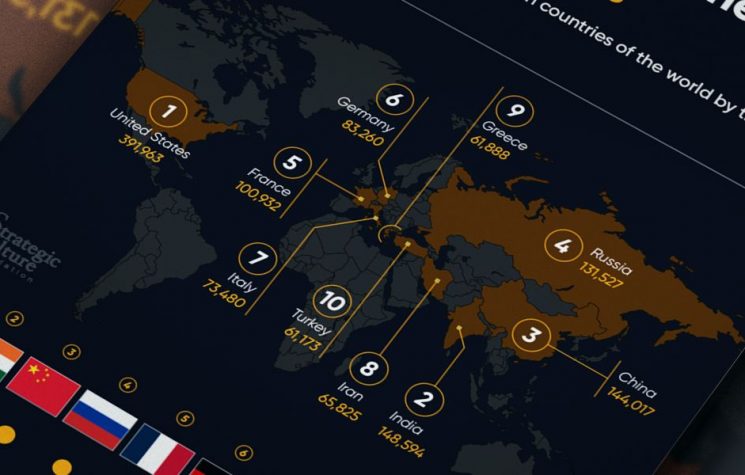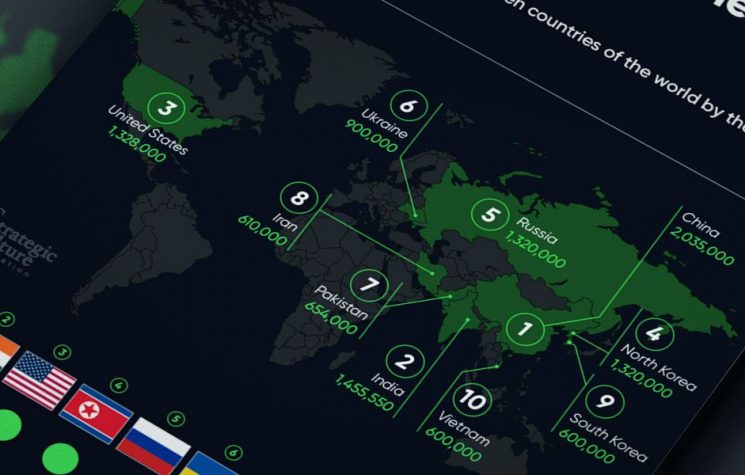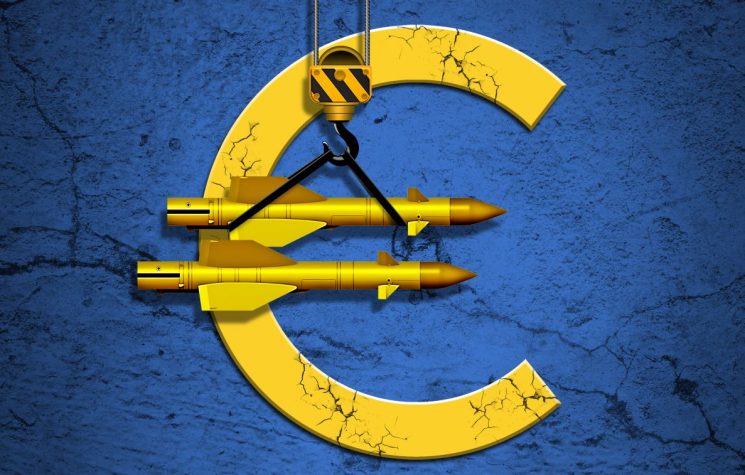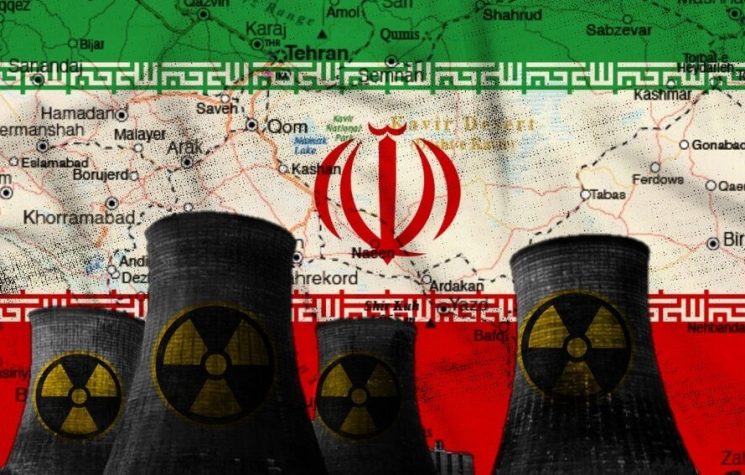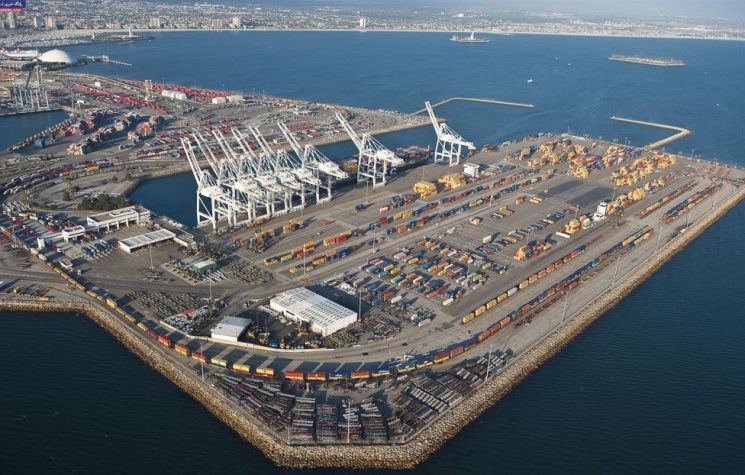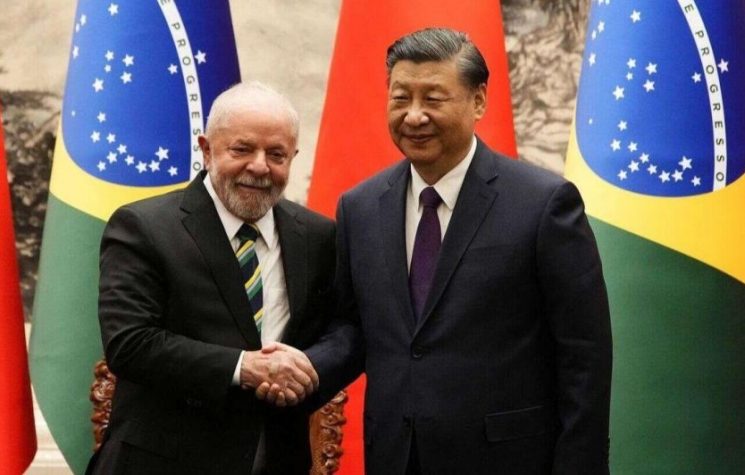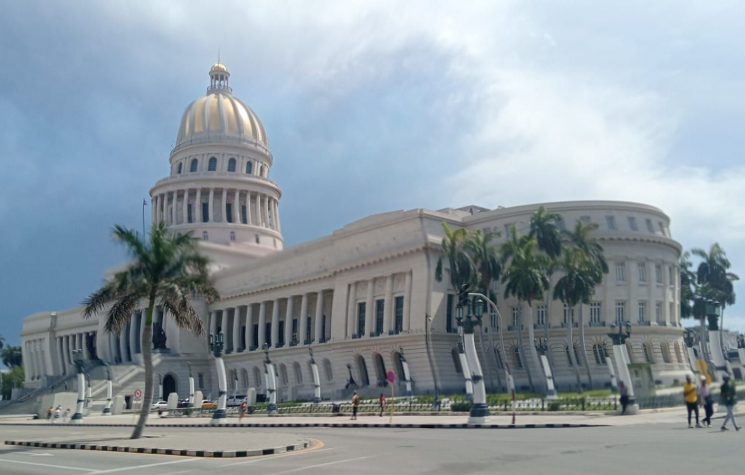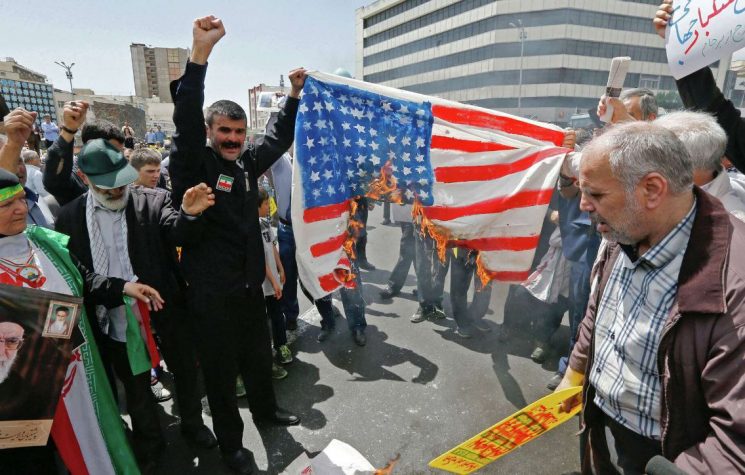The strategy of prolonged war against the Zionist regime is generating positive fruits for the Resistance.
Contact us: info@strategic-culture.su
You can follow Lucas on X (formerly Twitter) and Telegram.
In 2020, the U.S. military assassinated Iranian General Qassem Solemani in a terrorist attack with drones in Iraq. The purpose of the operation was simply to eliminate one of the greatest military thinkers in history – the man largely responsible for creating the trap that Israel has just fallen into, four years after his death.
Much more than a mere military officer, Soleimani was a strategist and negotiator – perhaps it would not be an exaggeration to even call him a “war diplomat”. An expert in clandestine operations, intelligence and special forces’ tactics, Soleimani was responsible for enabling the network of anti-Zionist organizations known as the “Axis of Resistance”.
Overcoming religious, ethnic and ideological differences between the various Islamic and anti-Zionist movements, Soleimani united different factions in a joint strategy against Israel. Obviously, this strategy was centered on Iran and gave the Islamic Republic the leading role in the fight against the Israeli occupation and its regional proxies. However, one of the keys to the success of the Axis is precisely its largely decentralized nature, guaranteeing autonomy of action for its members, without tight Iranian control over all the acts of the coalition.
The Axis of Resistance was victorious in Syria, where several militias, with the support of Hezbollah and the Iranian Revolutionary Guard Corps (IRGC), defeated ISIS and other Israeli proxies. At the time, Soleimani’s military diplomatic success was so great that even a dialogue with the Kurdish militias (historically supported by the West) was possible at a time of confrontation against more dangerous groups – such as ISIS itself.
Soleimani’s survival was perceived as an existential threat by Israel, encouraging the Zionist lobby in the U.S. to push for a targeted assassination operation. The main problem, however, is that targeted assassinations are rarely effective against highly ideological groups and countries with well-defined war strategies. Soleimani’s death did not dismantle the Axis, but rather further united the militias around Iran – including the Palestinian Sunni militias, which have historically suffered a struggle for influence between Shiites and Wahhabis.
Today, no one can deny Iran’s great influence over the Palestinian Resistance. What few people know, however, is that this process is precisely the result of the diplomatic alliances achieved by Soleimani. By killing Ismail Hannyeh, the Hamas leader closest to Iran in the entire history of the Palestinian party and responsible for the peace between the Palestinian jihadists and the Syrian government, Israel also hoped to destabilize the Axis – reducing Iranian influence and expanding the pro-Wahhabi lobby in Palestine, which, as we know, did not happen.
In the same vein, by killing Hassan Nasrallah, then head of Hezbollah, Israel planned to once again destabilize the Axis, liquidating the leadership of the main Shiite paramilitary organization and thus possibly fomenting an institutional crisis within the group. Contrary to Zionist expectations, Hezbollah did not show any shock from the assassination of its leader, except to become even more organized and confident in its engagement against the occupation.
Tel Aviv will not stop carrying out targeted assassinations. It is quite possible that the response to Iran’s recent attack will be through assassination attempts against other Iranian public figures. This Israeli method is due to a specific characteristic of the regime that was acutely perceived by General Soleimani: Israel’s inability to go to all-out war.
Contrary to the myth of “Israeli invincibility” commonly propagated in the West, Tel Aviv has a natural weakness due to its own geographical limitations. The policy of targeted killings was developed by Israel to try to destabilize its enemies psychologically and institutionally, avoiding prolonged military engagements. Without the capacity for continuous replenishment of troops and resources and having a very small territory with very exposed targets, Israel fears a large-scale war – and this was precisely Soleimani’s assessment.
By creating the Axis of Resistance, the Iranian general has condemned Israel to perpetual war. There will be no peace at any time. If Israel defeats Hamas and the other Palestinian militias, there will still be Hezbollah and the Syrian militias in the north. On the naval front, Yemen will continue to capture ships and strike on strategic targets throughout occupied Palestine. In Iraq, the Resistance will not stop its operations at any time. And in the end, even if it defeats all these enemies, Tel Aviv will still have to face Iran itself – the largest military power in the Middle East, which, unlike Israel, has a large population and a gigantic territory, rich in resources and protected by a complex mountainous geography.
In other words, the existence of the Axis of Resistance is Israel’s death sentence. Soleimani’s strategy was focused on creating a prolonged war, wearing down the Zionist regime to the point of no return of its own state structure. The time will come when Israel becomes unviable as a country and will have to accept negotiating terms to create a demilitarized and non-ethnic state (joint between Jews and Palestinians), putting an end to apartheid. Otherwise, years of war will destroy all the country’s resources and create an irreversible migration crisis, leading millions of citizens to flee the Middle East forever.
Realizing that targeted assassinations had not worked and that the Resistance organizations were politically mature enough to overcome any impact generated by these crimes, Israel, after the humiliation suffered by the Iranian attack, took the decision to finally invade Lebanon by land – just as Hezbollah wanted. The first reports show a true strategic disaster, with Shiite militiamen ambushing and killing dozens of invaders. In parallel, attacks by Yemenis, Palestinians and other resistance groups continue, and Netanyahu keeps being pressured about Iran, knowing that if he responds, Israel will suffer an even more incisive attack, the consequences of which could lead to the collapse of the regime.
Israel has fallen into the Soleimani’s trap. The Zionist regime has entered into perpetual war, from which it can only escape by ceasing to exist as a state.








